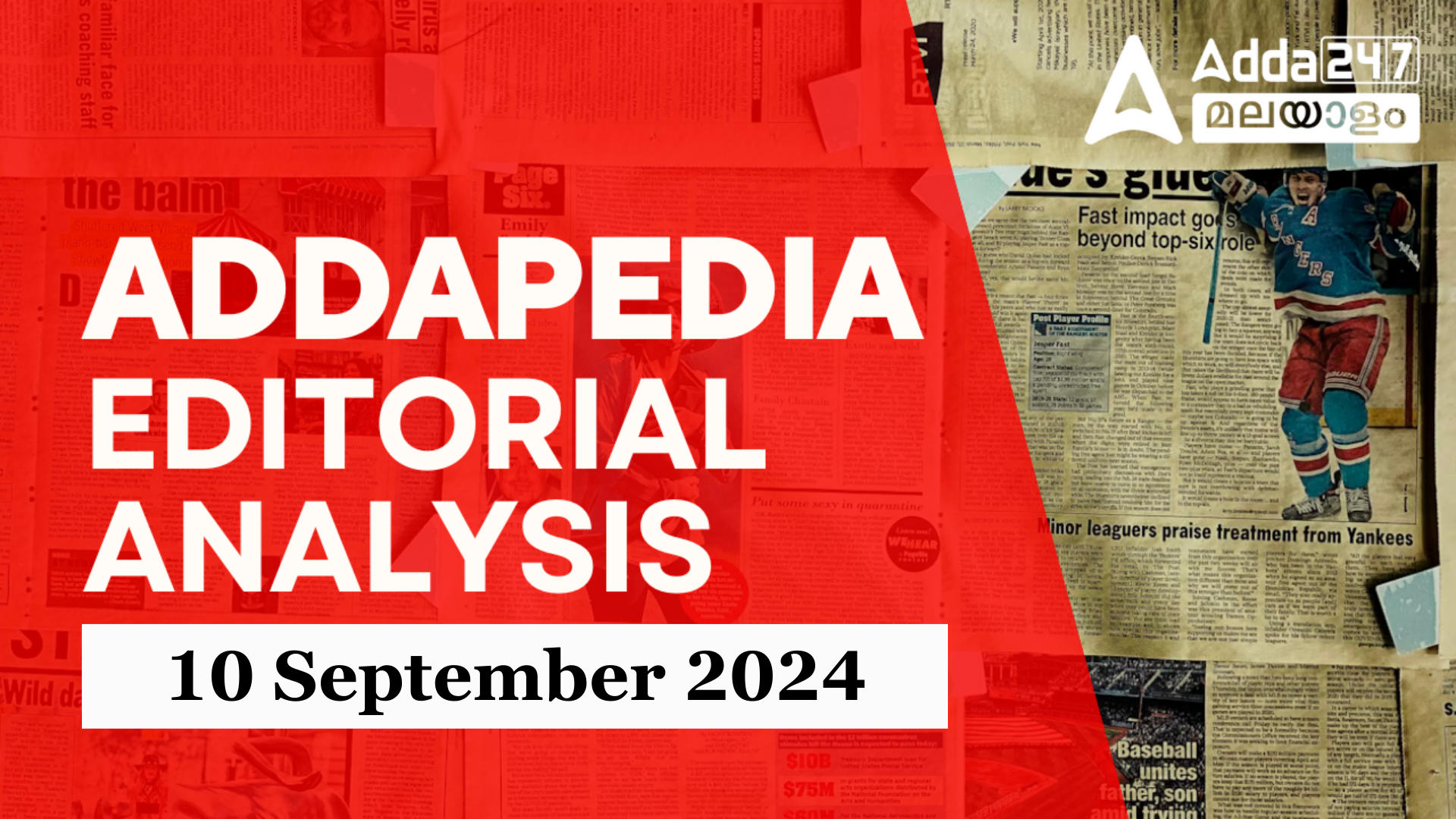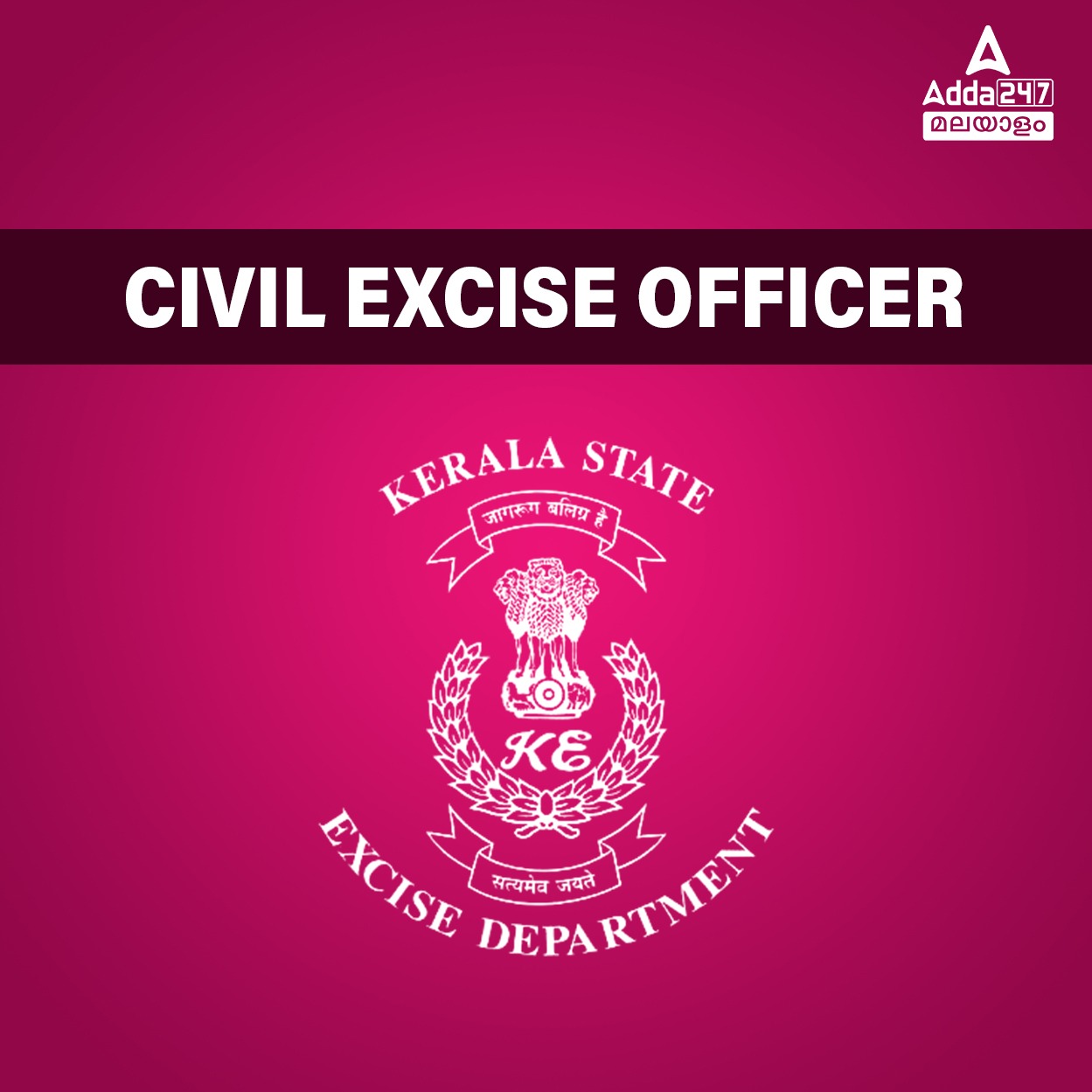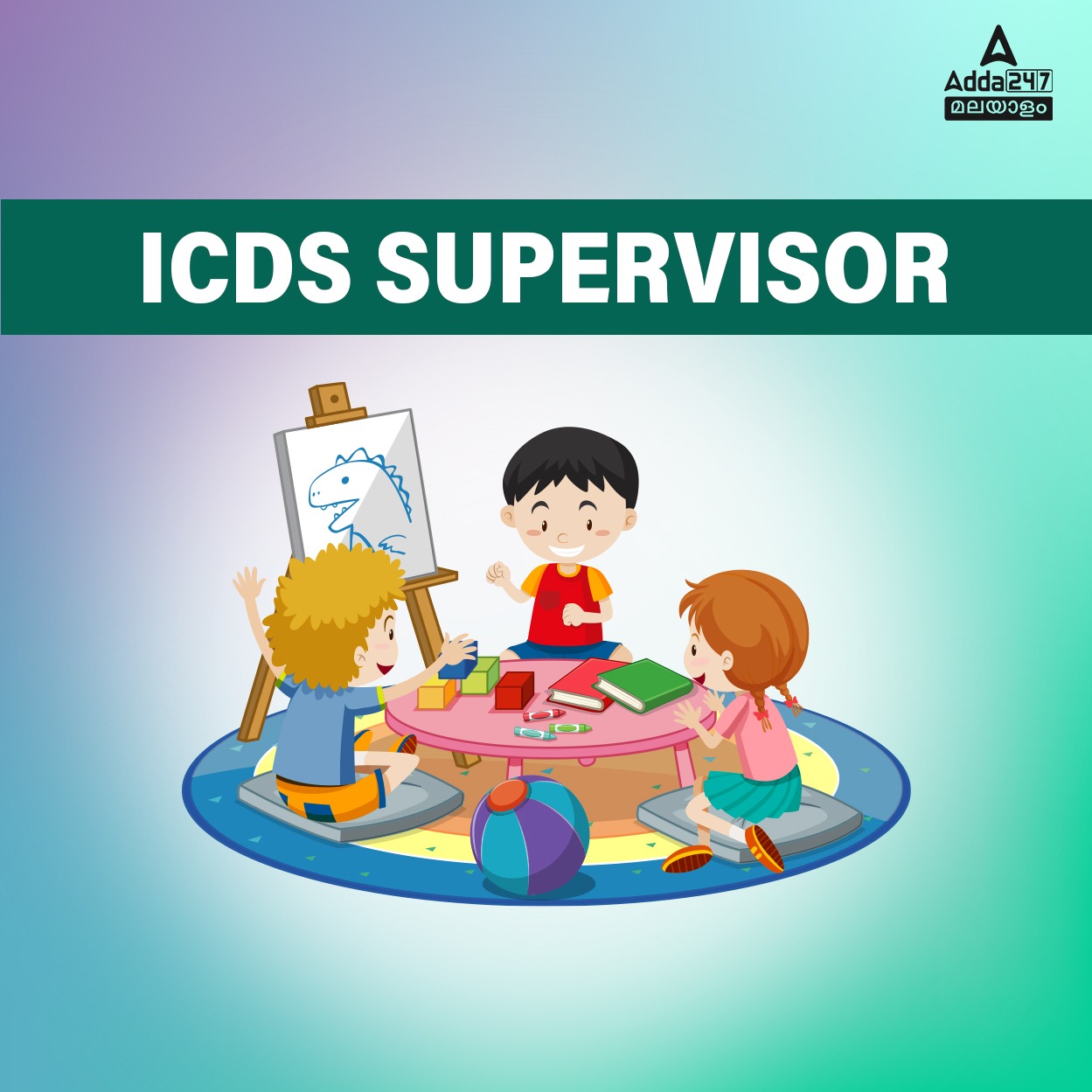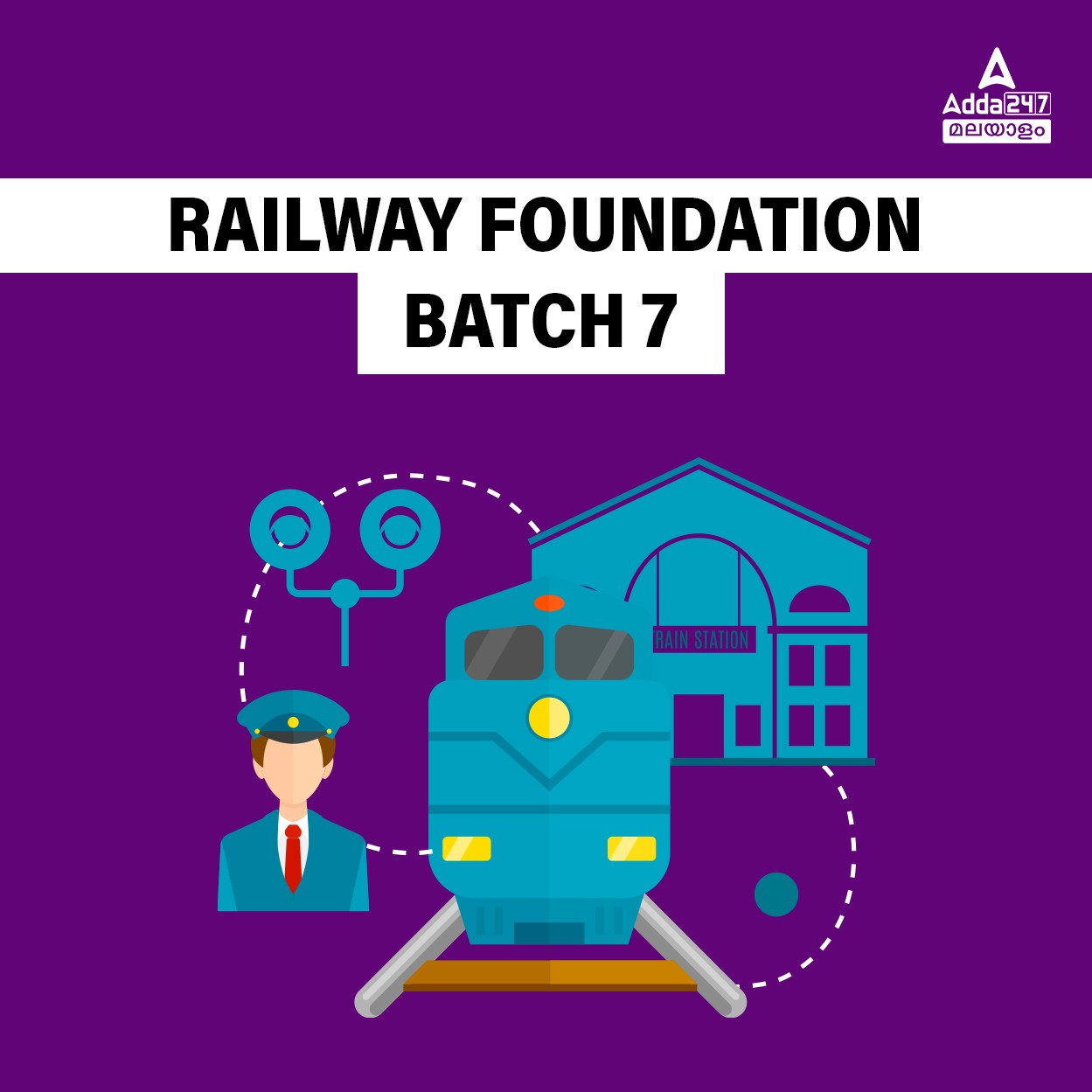Table of Contents
Addapedia Editorial Analysis: Daily News Editorial Analysis 10 September 2024
Addapedia Editorial Daily News , 10 September 2024: In this Addapedia Editorial Analysis, We cover Important News Editorials from Newspapers and provide you with detailed analysis. This ADDAPEDIA Editorial Analysis will help you in understanding the National and International events Current affairs and the background of a particular topic. This comprehensive News analysis will help you in Clearing CA and Interview for many exams.
Editorials usually cover a particular topic that might be National, State or any International event which is most important to acquire brief knowledge about the event. Editorials are written by Famous news analysts, Politicians, Business analysts, Civil Servants or a person who has immense knowledge in that particular field. Knowing Editorials will not only understand the geo-political relations but also how to write and describe any particular issue which helps especially in PSC, SSC and Banks Exams.
Regulatory reform stuck in a loop in Health Ministry
(The Hindu, 10-09-24)
Earlier in 2024, three policy initiatives were announced by the Drugs Controller General of India (DCGI)
- Recall guidelines for drugs that fail testing
- Guidelines on good distribution practices (storage of drugs during transit)
- Measures against confusing brand names for drugs
What are the main issues regarding the above initiatives?
- Bureaucratic delays and repeated consultations (lack of recall guidelines was first highlighted way back in 1976 & again by Parliamentary Standing Committee in 2012)
- The DCGI lacks legal power to make binding rules (Only the Ministry of Health has that power).
- Therefore, India continues to have these guidelines which cannot be legally enforced and the breach of which have no legal consequences.
- Good distribution practice guidelines may be “difficult to implement” across the estimated six lakh retail outlets in the country
- Pushback from trade associations and the pharmaceutical industry
- Confusing brand names problem addressed through self-declaration doesn’t solve the problem. Instead, such names should be vetted by the regulator itself as done in other countries.
- Lack of domain expertise and institutional knowledge in the Ministry of Health leadership
- Constant rotation of joint secretaries heading the Drug Regulation Section
What can be the consequences arising due to above issues?
- Public health risks:
- Substandard or contaminated drugs remaining in the market due to lack of effective recall mechanisms à Loss of consumer confidence
- Degradation of drug quality during storage and transit, leading to reduced efficacy or harmful effects
- Increased medication errors due to confusing brand names, potentially causing harm
- Economic impact:
- Potential decrease in pharmaceutical exports if international markets lose trust in Indian drug quality
- Increased healthcare costs due to treatment of adverse effects from substandard medications
- Legal and ethical issues:
- Increased litigation due to drug-related injuries or deaths
- Potential violation of the right to health, which is implicit in the fundamental right to life under Article 21 of the Indian Constitution
- International reputation:
- Damage to India’s reputation as a global leader in generic drug manufacturing
- Potential scrutiny from international health organizations like WHO
- Innovation and investment:
- Deterrence of investment in the pharmaceutical sector due to regulatory uncertainty
- Potential brain drain of pharmaceutical talent to countries with more robust regulatory frameworks
What is the way forward?
- Empower the DCGI: Grant legal authority to the Drugs Controller General of India to make and enforce binding rules, reducing dependency on the Ministry of Health for regulatory decisions.
- Implement binding GDP guidelines: Enact and strictly enforce Good Distribution Practices as law, with clear penalties for non-compliance, to ensure proper drug storage and distribution.
- Centralize brand name approval: Establish a centralized system for vetting and approving pharmaceutical brand names, prioritizing public health and safety over industry self-regulation.
- Strengthen recall mechanisms: Develop and implement a robust, legally enforceable drug recall system that operates seamlessly across all states.
- Enhance bureaucratic expertise: Create a specialized cadre of drug regulation experts within the Ministry of Health to ensure consistent, knowledgeable leadership in policy formulation and implementation.
Can you answer the following question?
Examine the challenges faced by India’s drug regulatory system in implementing effective reform and suggest measures to overcome these obstacles.
On the challenges to road safety in India
(The Hindu, 10-09-24)
The “India Status Report on Road Safety 2024,” prepared by the TRIP Centre at IIT Delhi, only highlights India’s slow progress toward meeting international goals of reducing road accident fatalities.
- This report analyses road safety in India, using data from First Information Reports (FIRs) from six States and audits of State compliance with Supreme Court directives on road safety governance.
What are the main findings of the report on road safety in India?
- Road traffic injuries remain a major public health challenge in India
- Most Indian States are unlikely to meet the UN goal to halve traffic deaths by 2030
- In 2021, road traffic injuries were the 13th leading cause of death in India
- Six states account for nearly half of all traffic fatalities in India (Haryana, Jammu and Kashmir and Ladakh, Punjab, Rajasthan, Uttarakhand, Uttar Pradesh).
- Pedestrians, cyclists, and motorized two-wheeler riders are the most common victims
What are the issues with India’s current road safety data systems?
- No national crash-level database exists
- Current statistics allow only basic analyses, preventing effective intervention
- Data often contains inaccuracies on key variables like victim’s mode of transport
- Lack of a comprehensive crash surveillance system
- Road safety vary across Indian states
- Per capita death rates differ more than threefold between states
- Tamil Nadu, Telangana, and Chhattisgarh have the highest death rates
- Only seven states have over 50% helmet usage among motorized two-wheeler riders
- Only few states have audited their highways for safety
- India fares poorly in terms of road safety when compared at global levels
- In 1990, an Indian was 40% more likely to die in a road accident than someone in Scandinavian countries. By 2021, this figure had increased to 600%
What is the way forward?
- Establish a national crash surveillance system:
- Develop a centralized, real-time database for all road crashes
- Ensure accurate data collection on key variables like victim’s mode of transport
- Make this data publicly accessible for research and policy analysis
- Strengthen state-specific interventions:
- Tailor road safety strategies to address unique challenges in each state
- Prioritize high-risk states for immediate action and resource allocation
- Implement targeted programs for vulnerable road users (pedestrians, cyclists, two-wheeler riders)
- Enhance road infrastructure and safety audits:
- Mandate safety audits for all National and State Highways
- Implement traffic calming measures, proper markings, and signage across all roads
- Design roads with dedicated spaces for pedestrians and cyclists
- Improve vehicle safety standards:
- Enforce stricter safety norms for all vehicles, especially trucks and two-wheelers
- Promote the adoption of advanced safety features in vehicles
- Strengthen law enforcement and awareness:
- Increase penalties for traffic violations and ensure consistent enforcement
- Launch nationwide awareness campaigns on road safety, focusing on helmet use and drunk driving
- Incorporate road safety education in school curricula
Can you answer the following question?
Analyze the challenges in India’s road safety management system and suggest comprehensive measures to improve road safety across the country, considering the disparities between states and global best practices.
Weekly Current Affairs in Short (02nd to 08th September 2024) Download PDF
കേരളത്തിലെ എല്ലാ മത്സര പരീക്ഷകൾക്കും ഓൺലൈൻ ക്ലാസുകൾ, വീഡിയോ കോഴ്സുകൾ, ടെസ്റ്റ് സീരീസ്, പുസ്തകങ്ങൾ, മറ്റ് പഠന സാമഗ്രികൾ എന്നിവ ചുവടെ നൽകിയിരിക്കുന്ന ലിങ്കിൽ ക്ലിക്കുചെയ്ത് കണ്ടെത്താനാകും.
***വരാനിരിക്കുന്ന പരീക്ഷകളിൽ വിജയിക്കാൻ ഞങ്ങളോടൊപ്പം ചേരുക***
*ലക്ഷ്യത്തിലേക്കുള്ള ആദ്യ ചുവടുവെപ്പ് | ADDA247 മലയാളത്തിൽ പരിശീലനം ആരംഭിക്കൂ*
Adda247 Malayalam Youtube Channel |
Telegram group:- KPSC Sure Shot Selection











